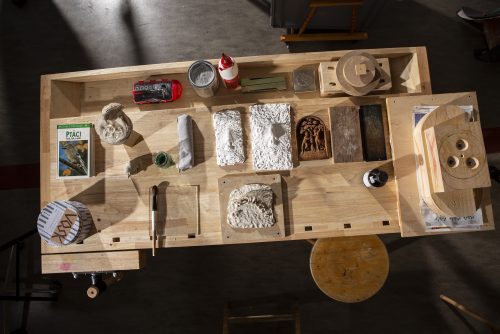
Katalin Kortmann Járay, Karina Mendreczky
Oasis-People Look Like Flowers at Last
Project Info
- 💙 Parallel Vienna, former Semmelweis Women's Clinic
- 🖤 Katalin Kortmann Járay, Karina Mendreczky
- 💛 kunst-dokumentation.com / Manuel Carreon Lopez
Share on
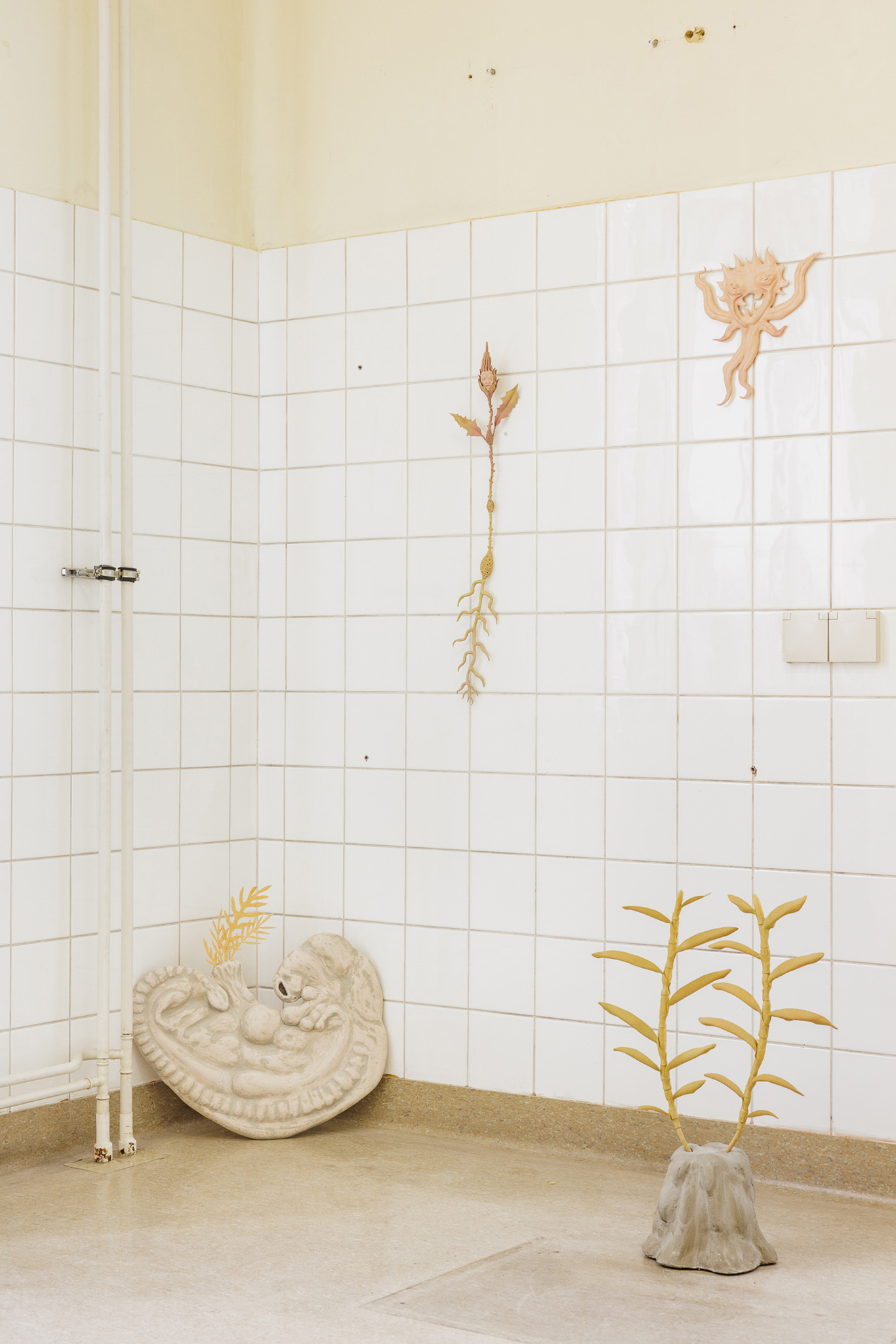
Advertisement
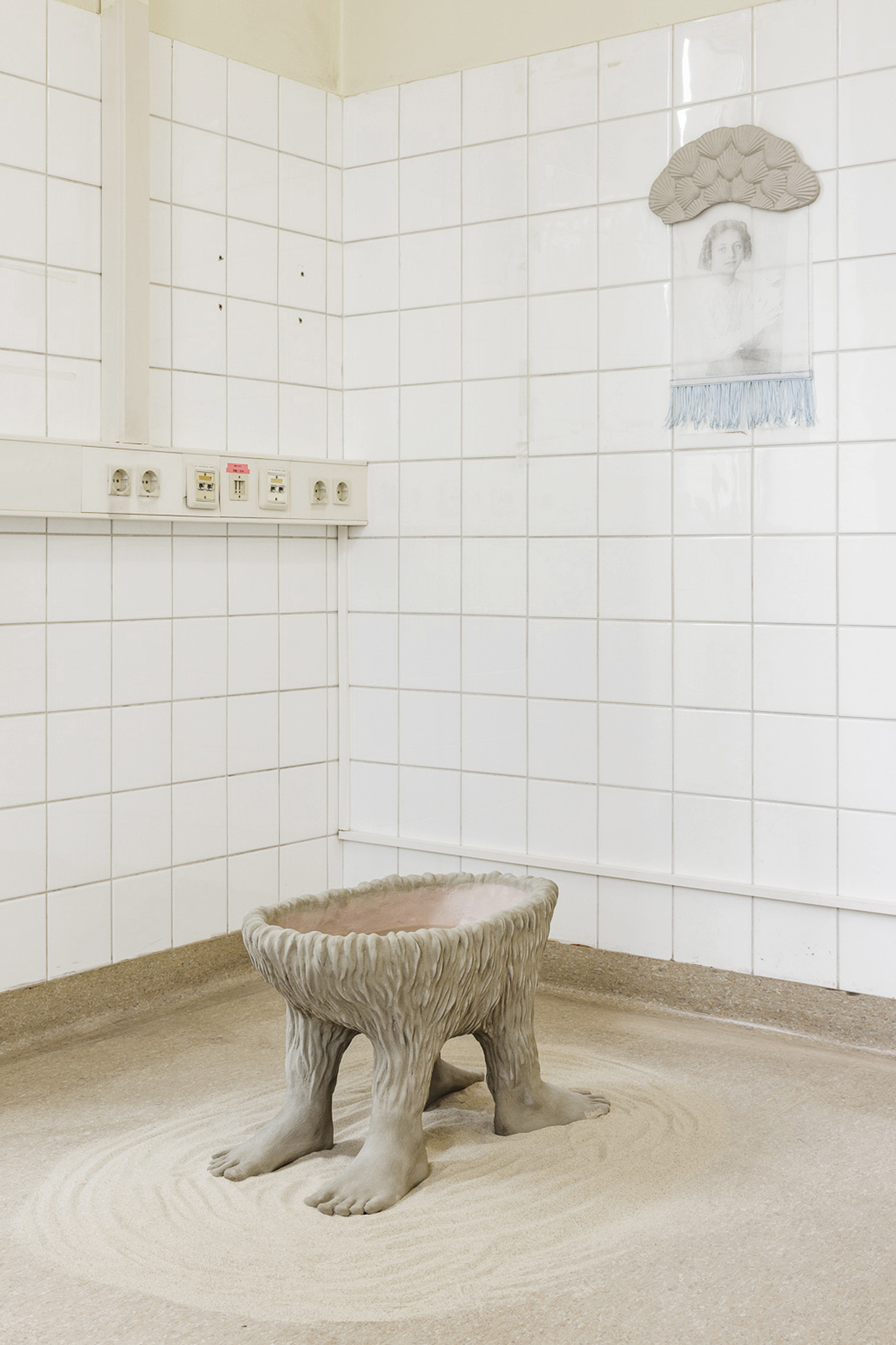
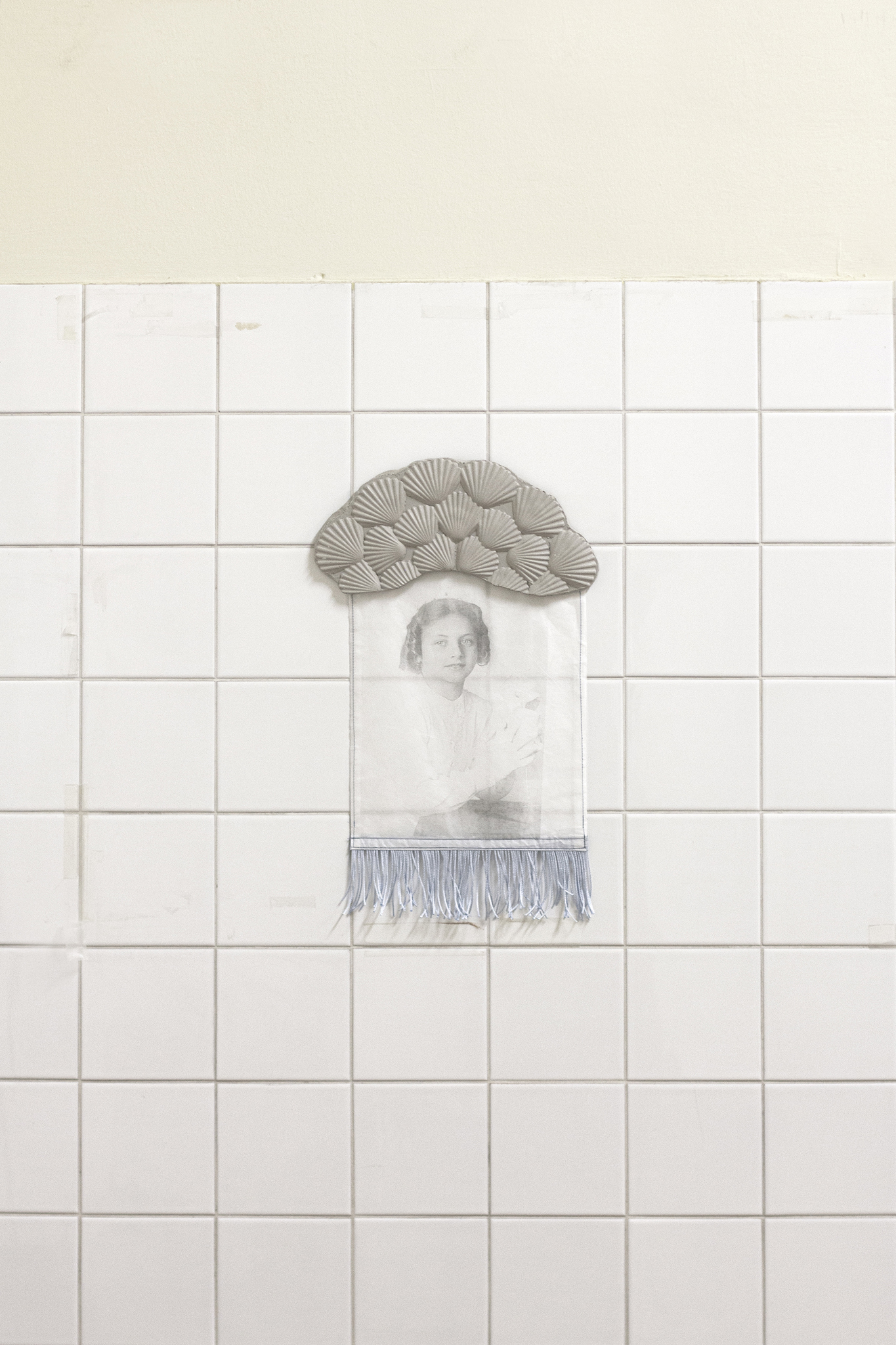
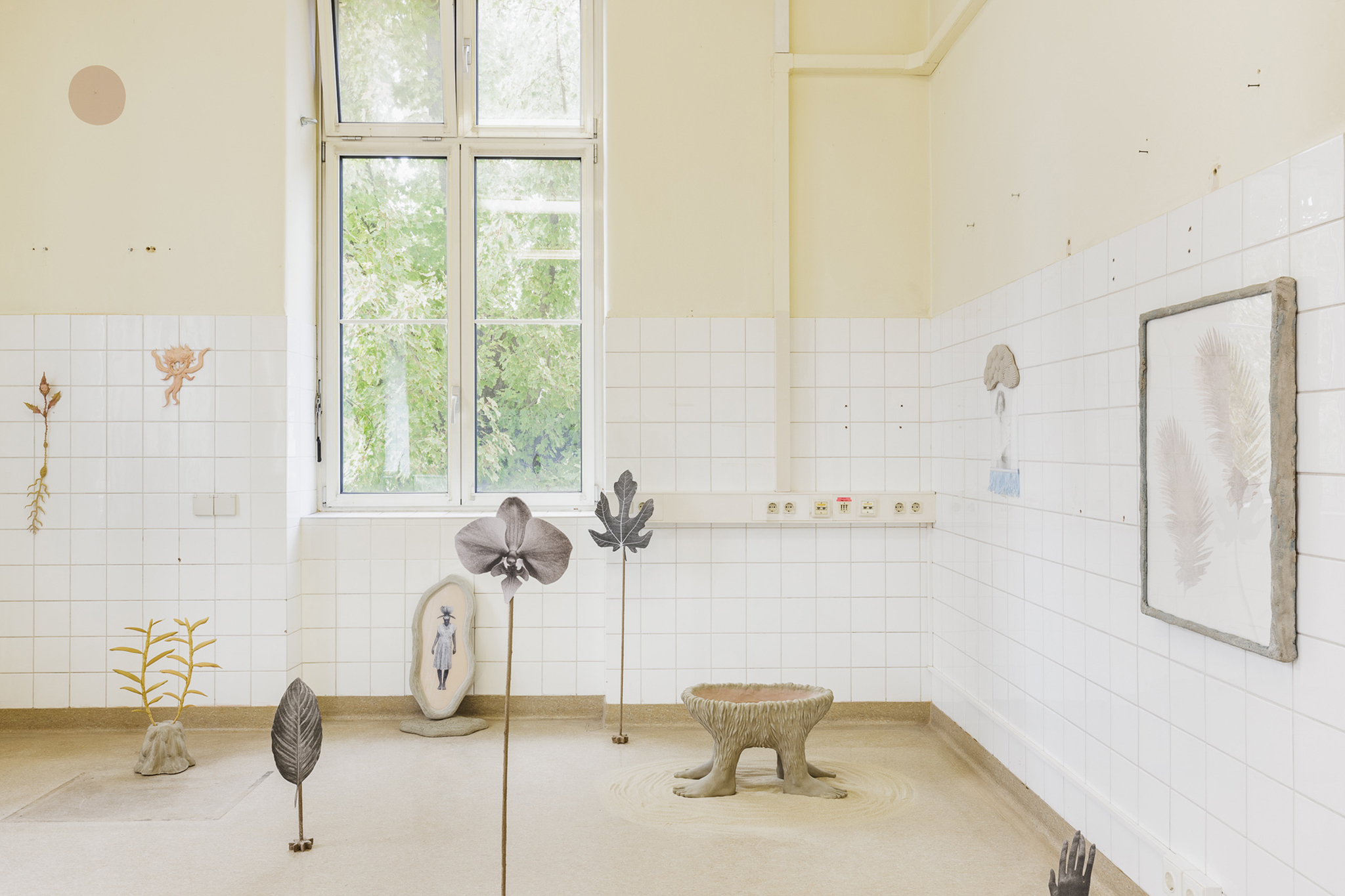
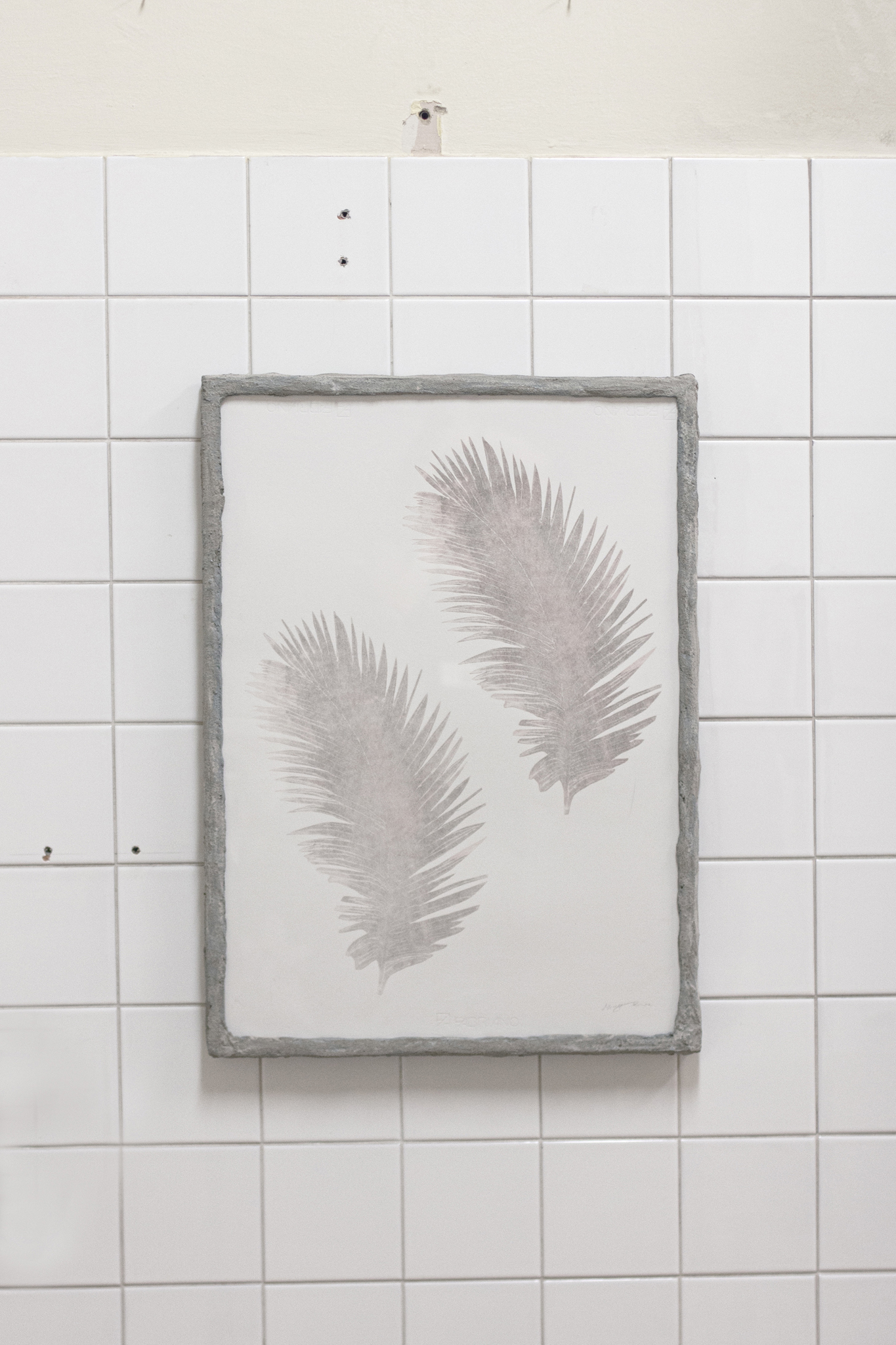


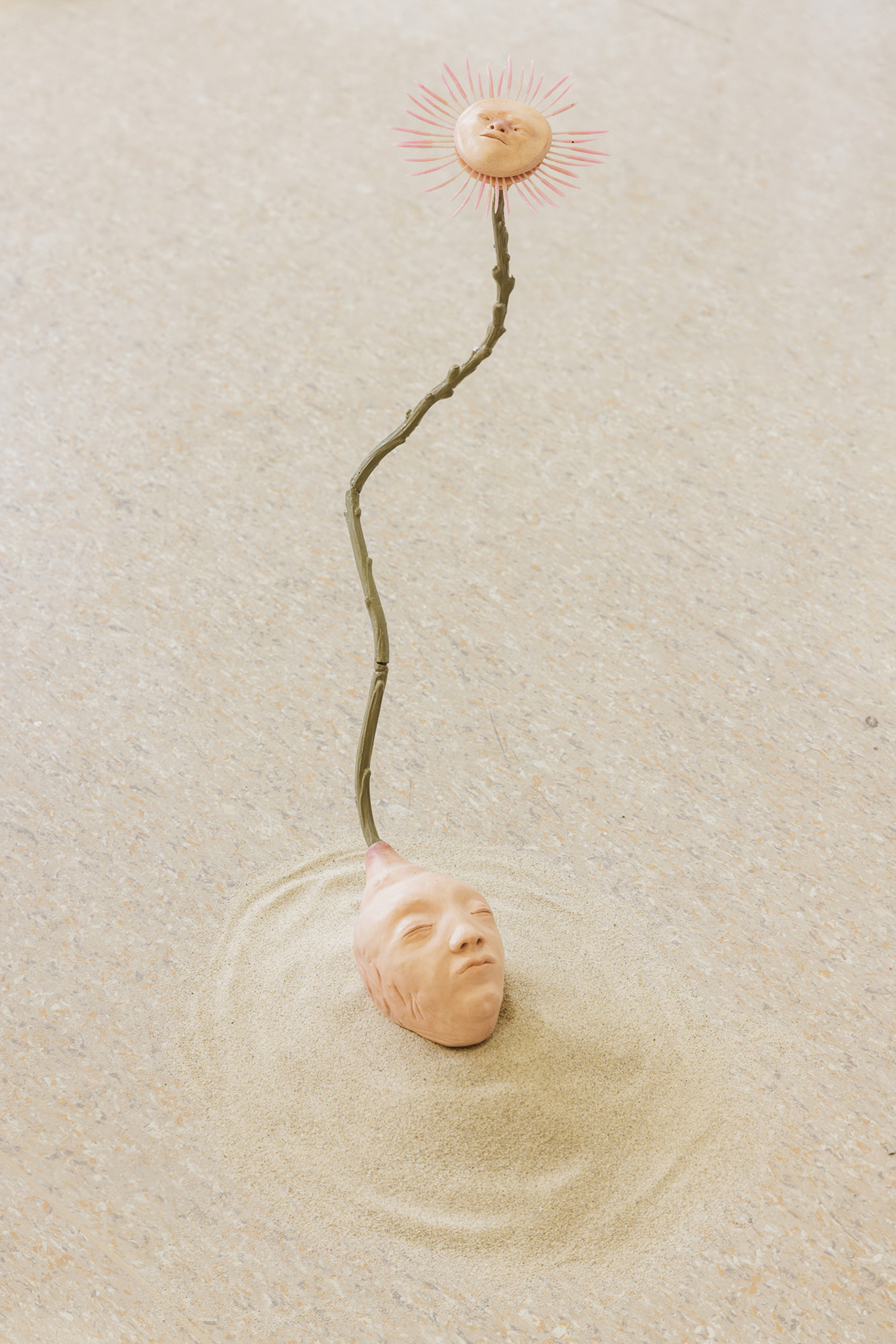


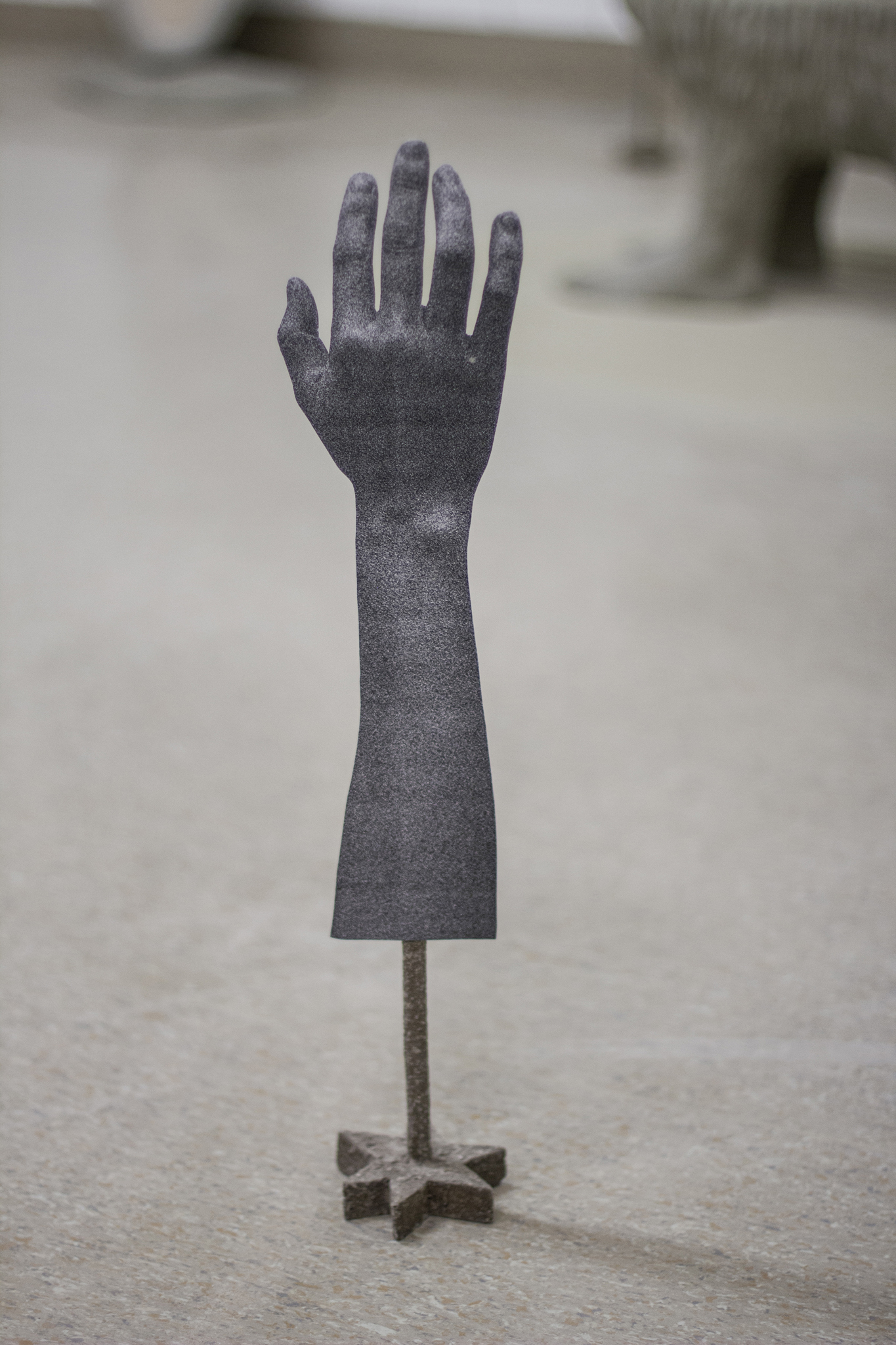
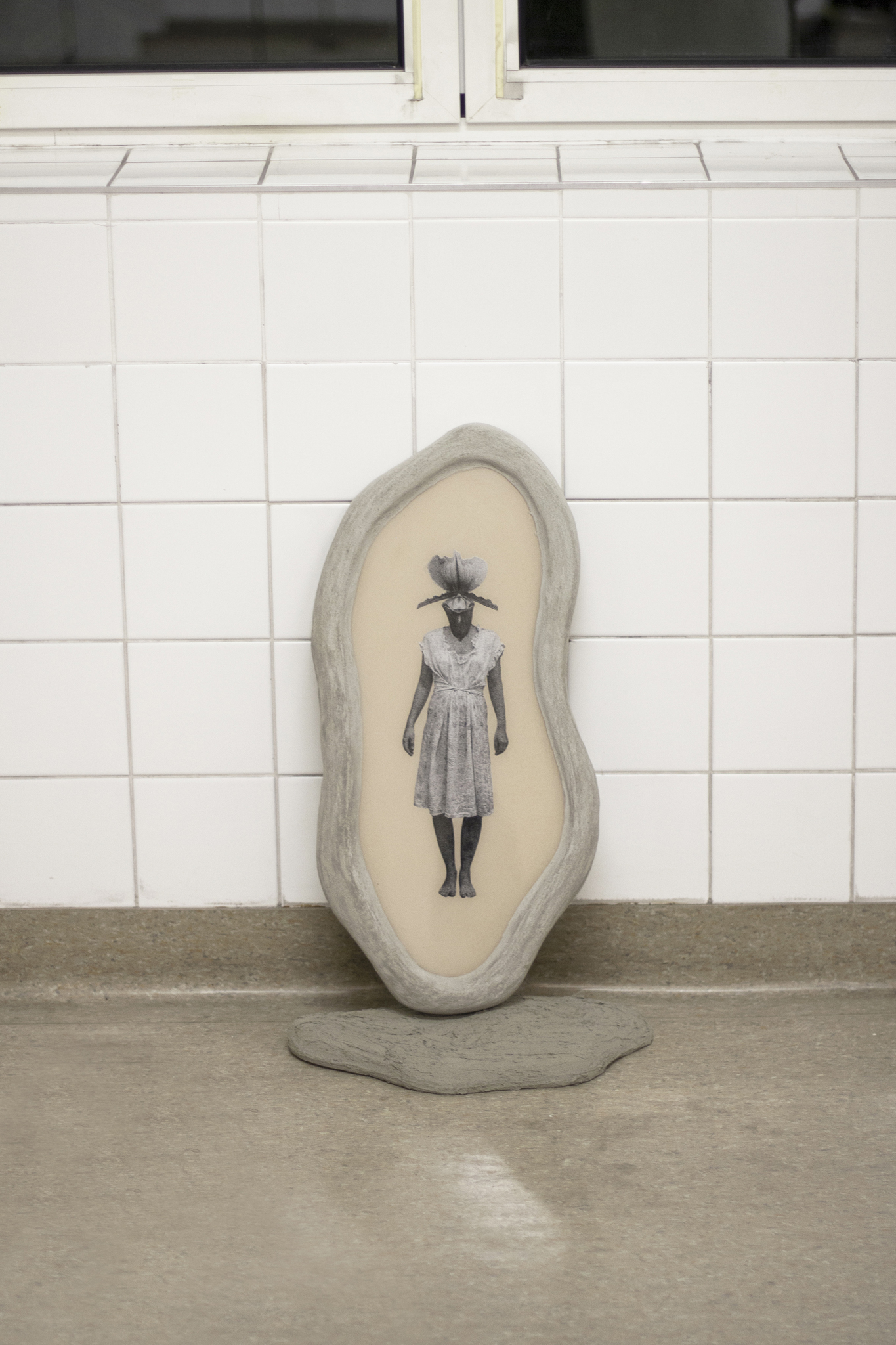
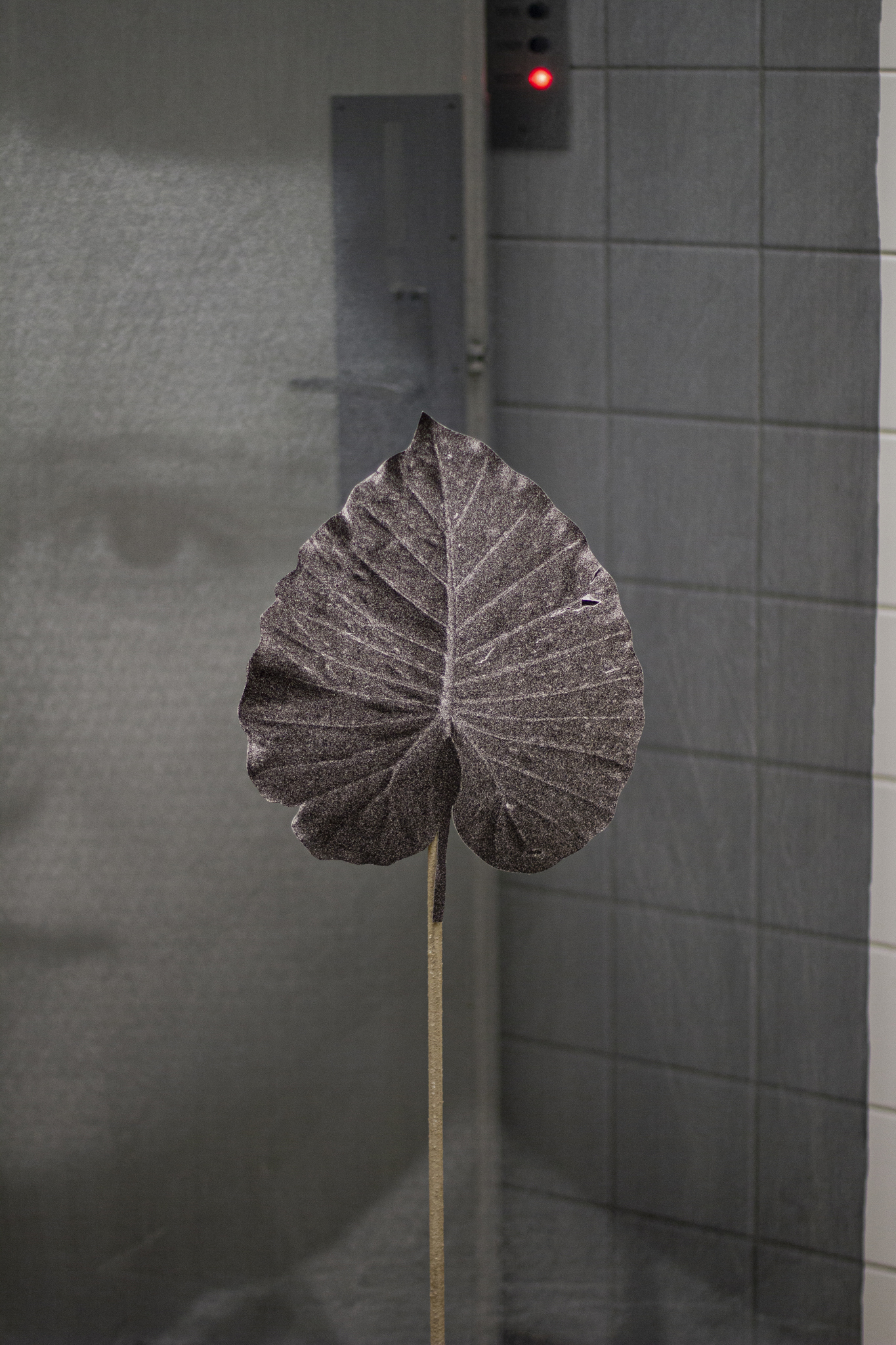
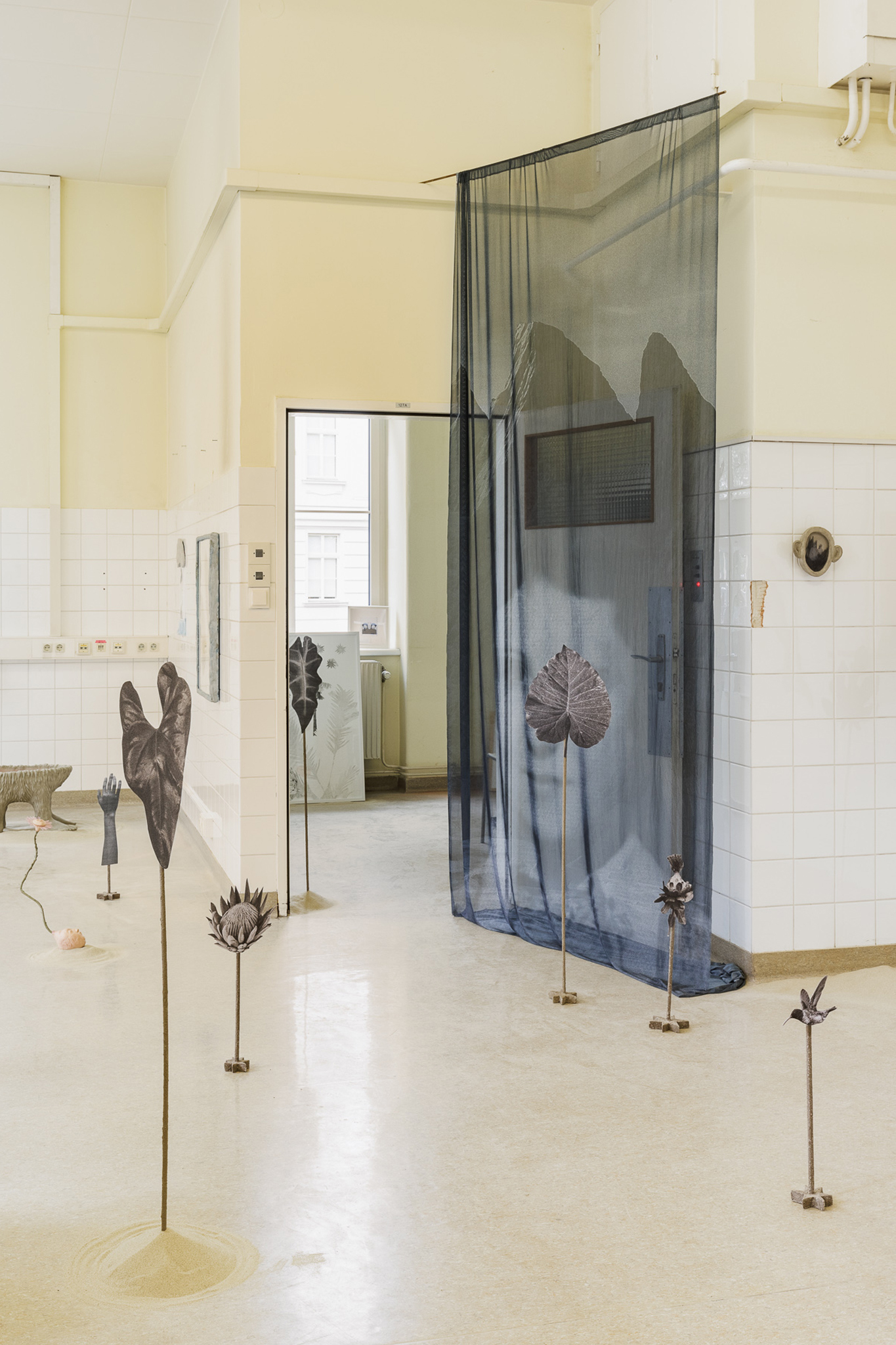
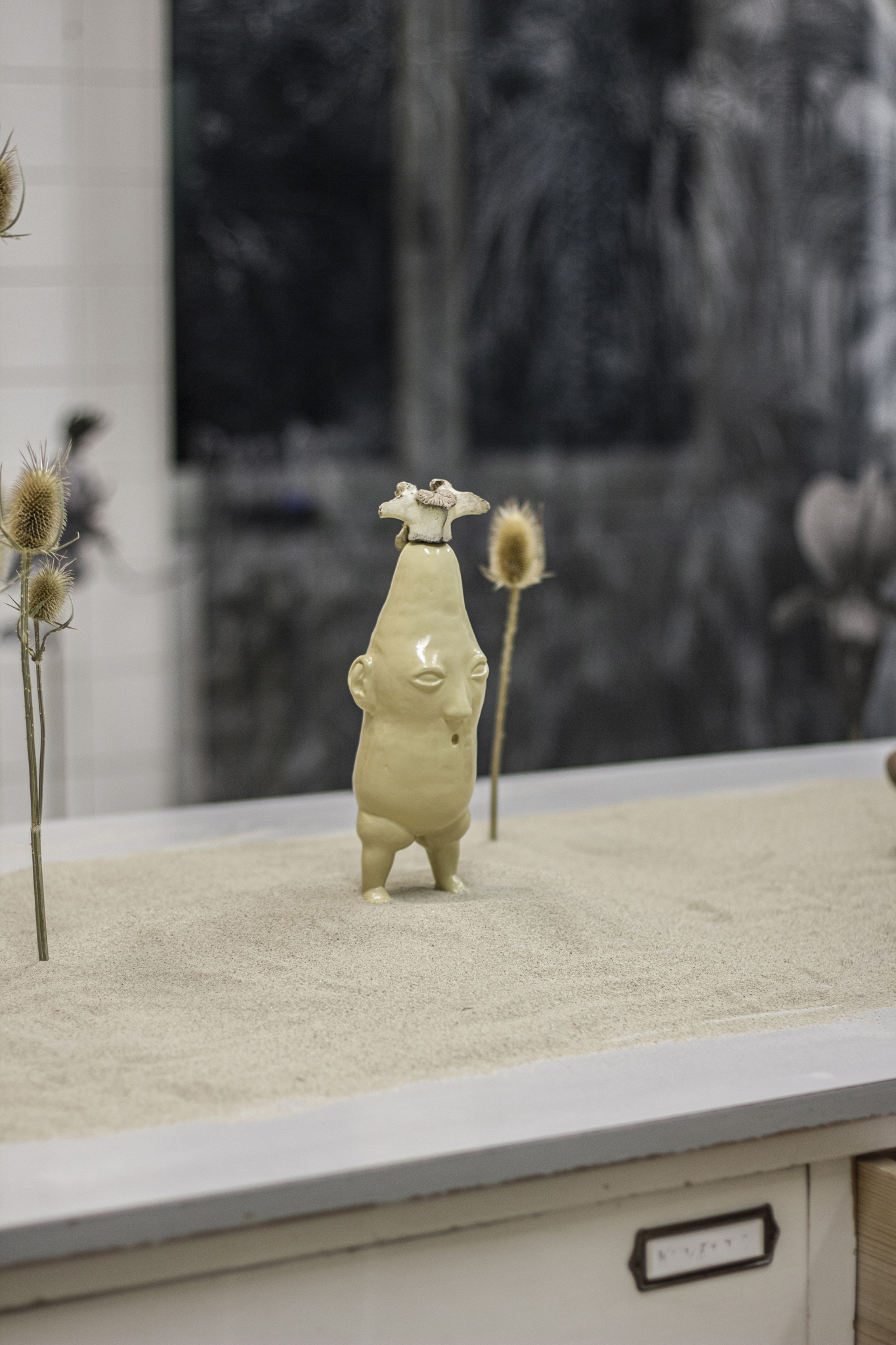
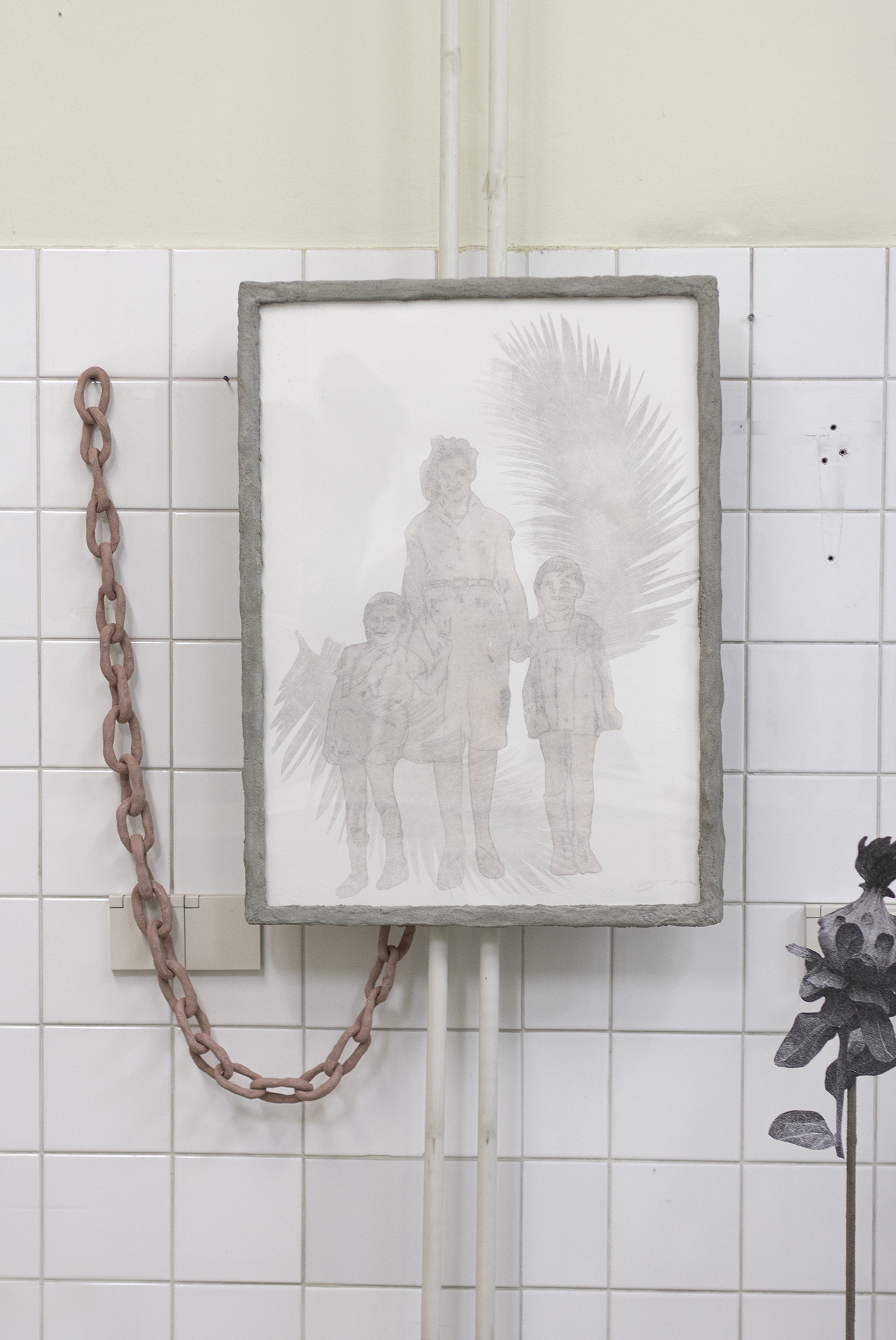
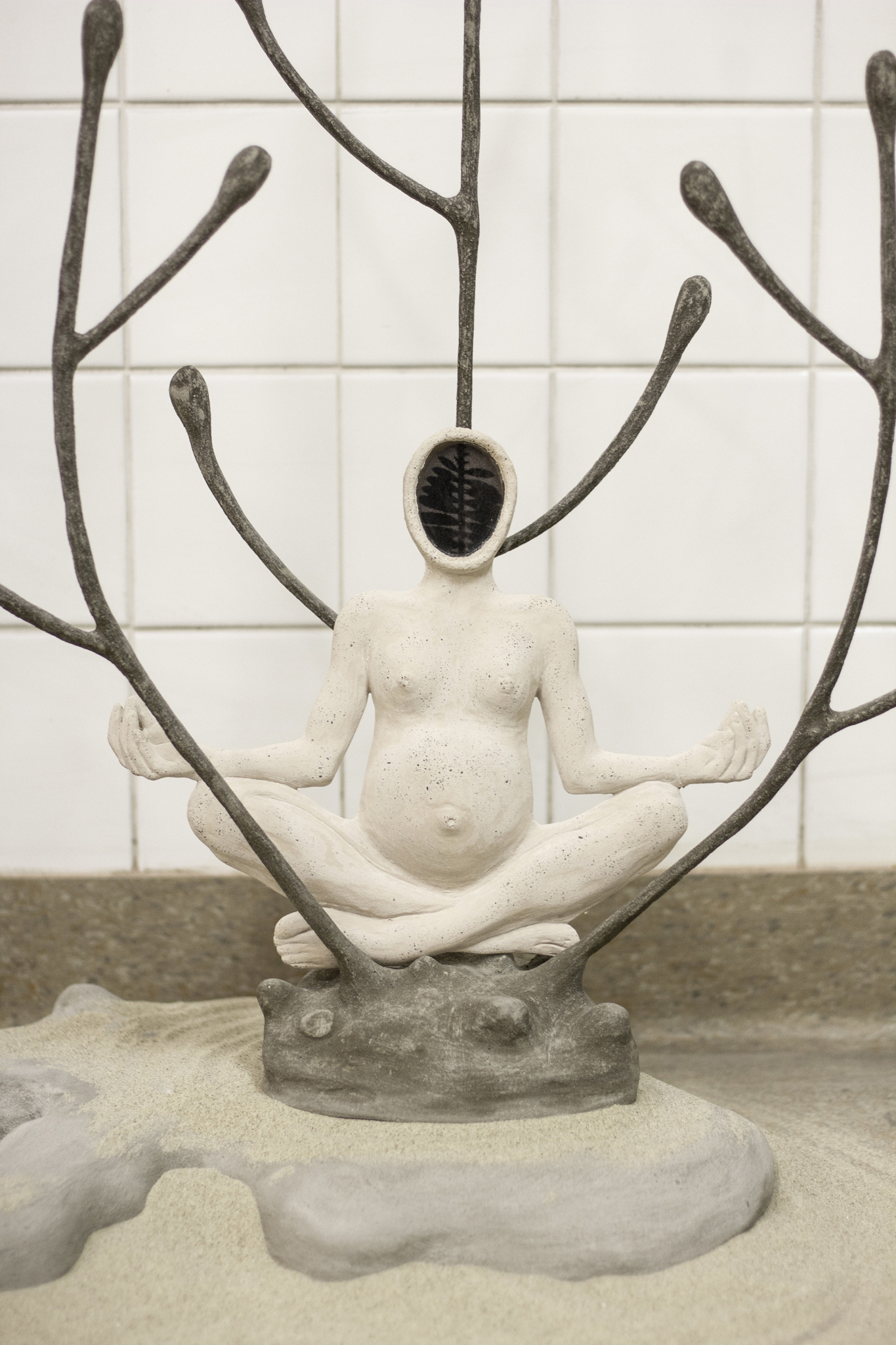

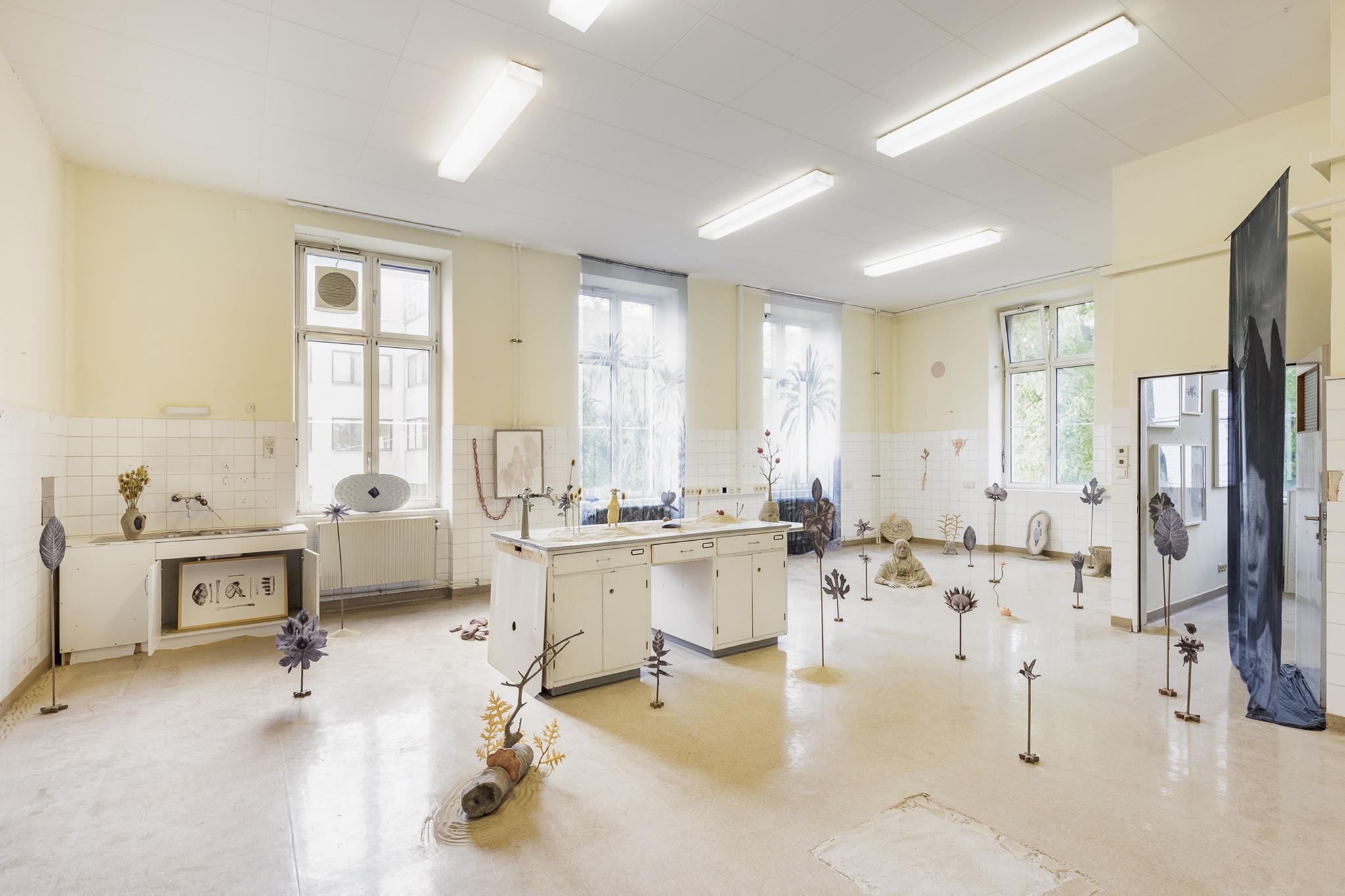
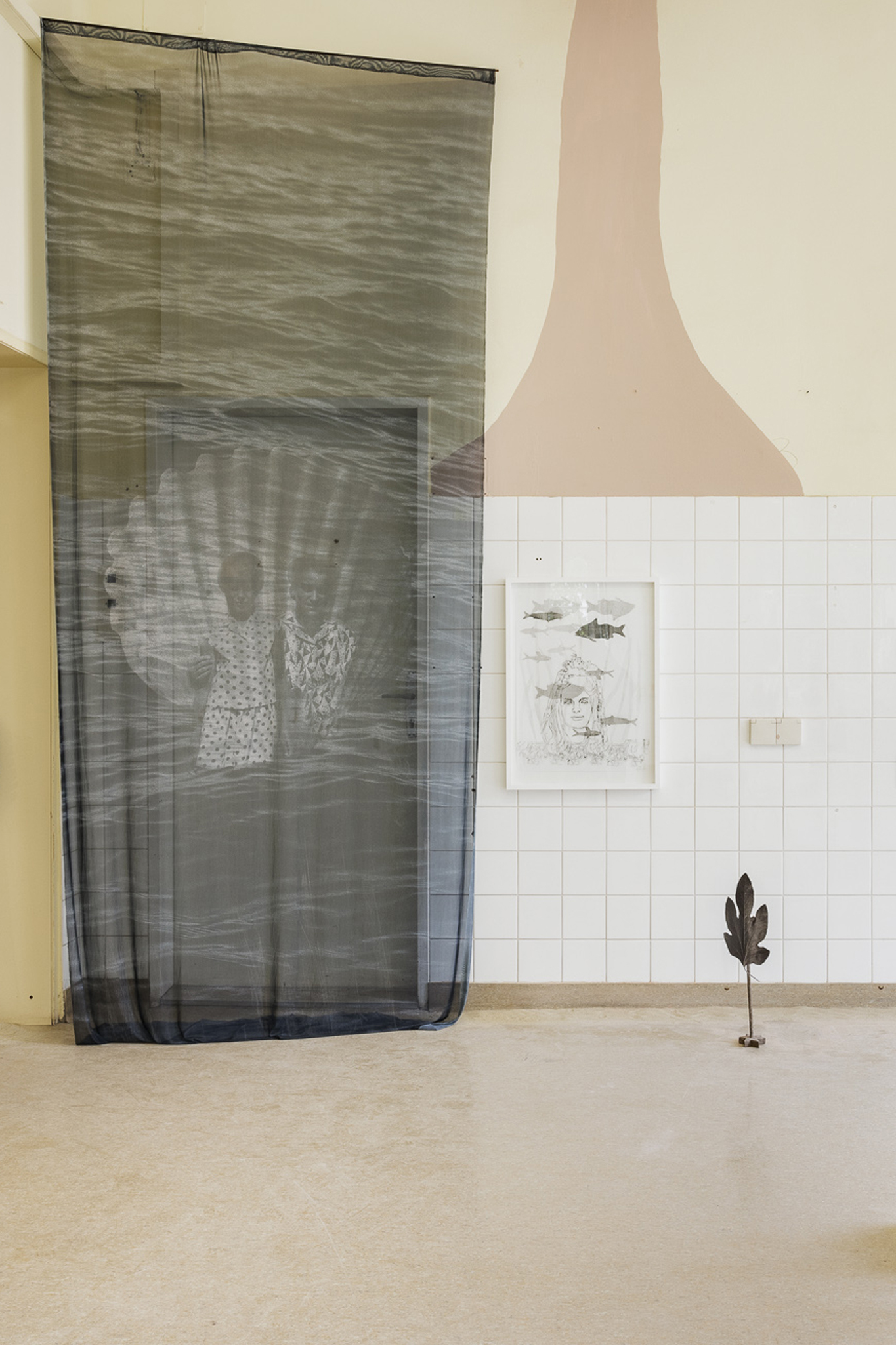
Oasis -
People Look Like Flowers at Last
Gloomy visions of the future are the order of every-day life.
We are witnesses to irreversible man-made processes, which give rise to numerous and urgent moral and philosophical questions about the relationship between man and nature. To develop more sensitive and prudent relations, we often seek knowledge from the past. Animism, probably the oldest view of the world and based on the belief that natural elements, objects and living beings are all animated, forms the basis of indigenous religions to this day, but is also present in modern society in different forms. Contemporary new animistic approaches, however, are no longer visual representations of religious beliefs or exclusively evocations of the world of fantasy or fairy tales. New animistic approaches, including scientific positions, are emerging. According to many prominent thinkers, they offer alternatives to the environmentally destructive lifestyles of the present. In this respect, these approaches reflect very rational positions.
In their works, Karina Mendreczky and Katalin Kortmann-Járay draw on objects and natural elements in a variety of ways, referencing collective and personal histories. With the installation "Oasis - People Look Like Flowers At Last" they created a fictional space, which was shown for the first time in September 2022 in an abandoned room, a former maternity ward of the Semmelweis Women's Clinic, during the 10th edition of Parallel Vienna. Composed of small sculptures, large concrete sculptures and gently floating
prints, it is reminiscent of a timeless walk-in landscape. Whether this is a piece of the past, or if we are on the scene of a future post-apocalypse revival, ultimately remains undecided. The hybrid creatures and objects, which often refer to folk tales and mythological motifs, are accompanied by female figures. These suggest care and nurturing and appear as a life-sustaining force traditionally associated with women. The translucent human figures float on woven and delicately translucent printed surfaces or embrace sculptural elements. In an atmospheric symbiosis, objects and prints mutually project an image of life and transience onto one another, evoking a superficially unfamiliar yet familiar memory.



